When car makers search for help to develop new, powerful performance engines, one of their first phonecalls might be to Mahle Powertrain, formerly known as Cosworth Technology, a firm that has long been one of Britain’s engineering powerhouses.
Audi, Ford and Nissan have all entrusted important new performance engines (for the Audi RS6, Ford Focus ST170 and Nissan GT-R) to the company, while countless other engines have been tested and developed on its dynamometers and high-temperature and high- altitude climatic test cells.
These days, like every car-industry supplier, Mahle Powertrain is refocusing on battery-electric powertrains. This month, it completed the first stage of its transition with the opening of a £1.5 million battery-electric powertrain test facility, taking investment in the site since 2018 to £14.9m (£3.6m from the government).
For Autocar Business webinars and podcasts, visit Autocar Business Live
The pouring of concrete and connection of miles of cabling are the tangible signs of the shift, but the ideas have been germinating for much longer. Mahle has been pondering its response to electrification, like every UK automotive business, in its capital-expenditure plan for a decade.
Simon Reader, Mahle’s director of powertrain services, explained: “We knew in 2010 that we needed to shift our focus, but where was the point when we really needed to invest in new battery-electric facilities? “Back then, there was no talk of ICE bans, so we started out by thinking that demand for electrification services would be a few small projects around 2021/2022 but the bulk of our work would remain ICE.”

The catalyst for change came in 2020, when the UK government announced that it would ban sales of new ICE cars from 2030. Mahle then brought forward and boosted investment fourfold between 2020 and 2024.


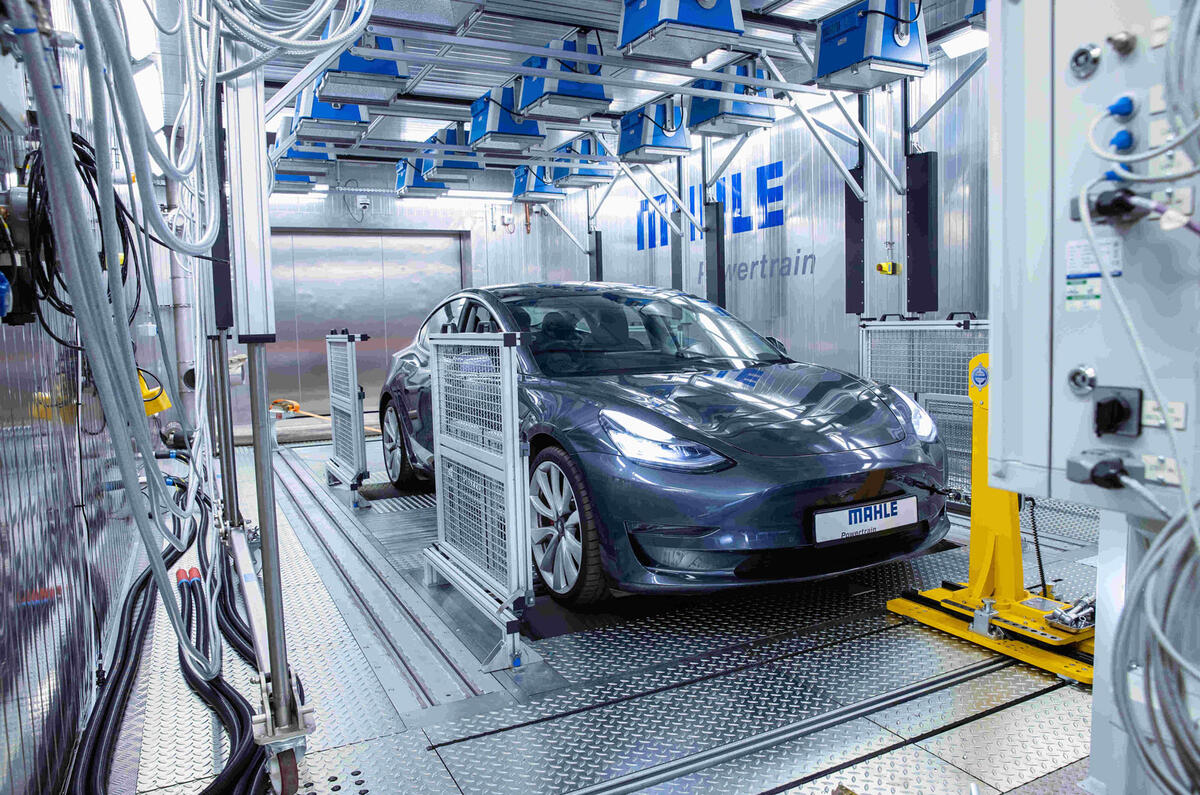
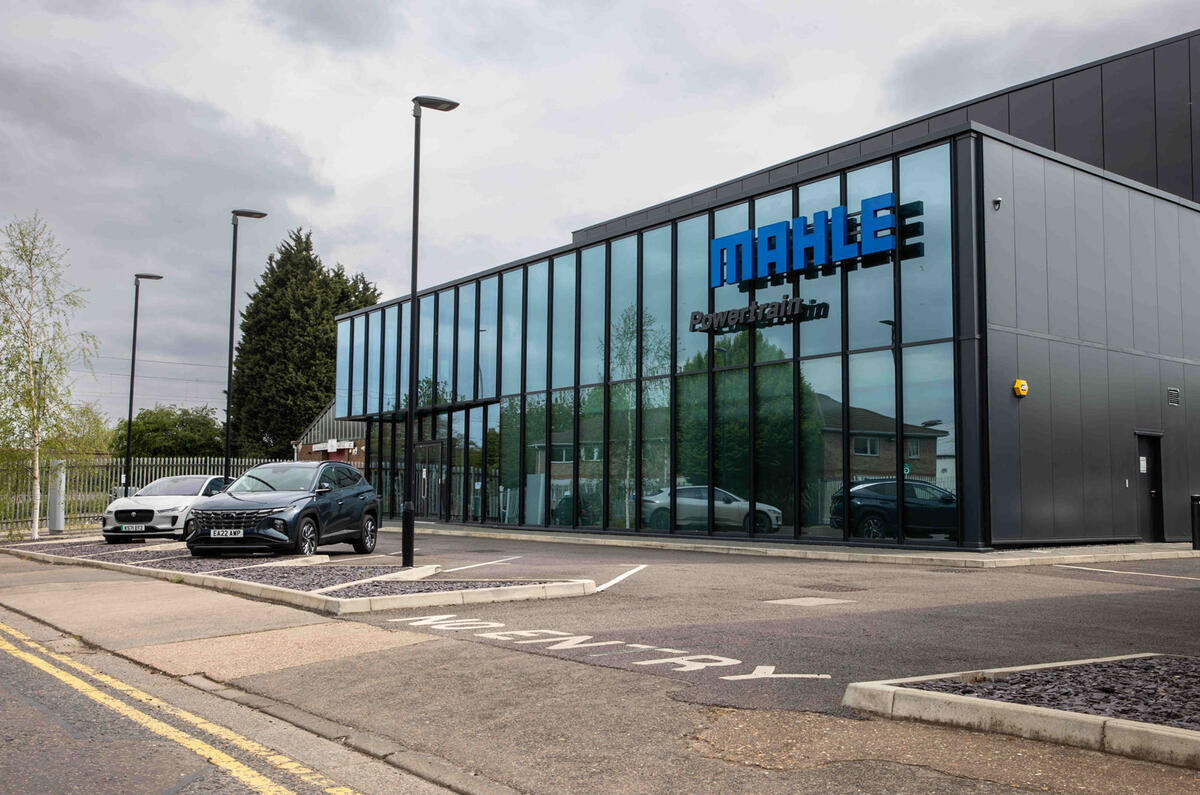
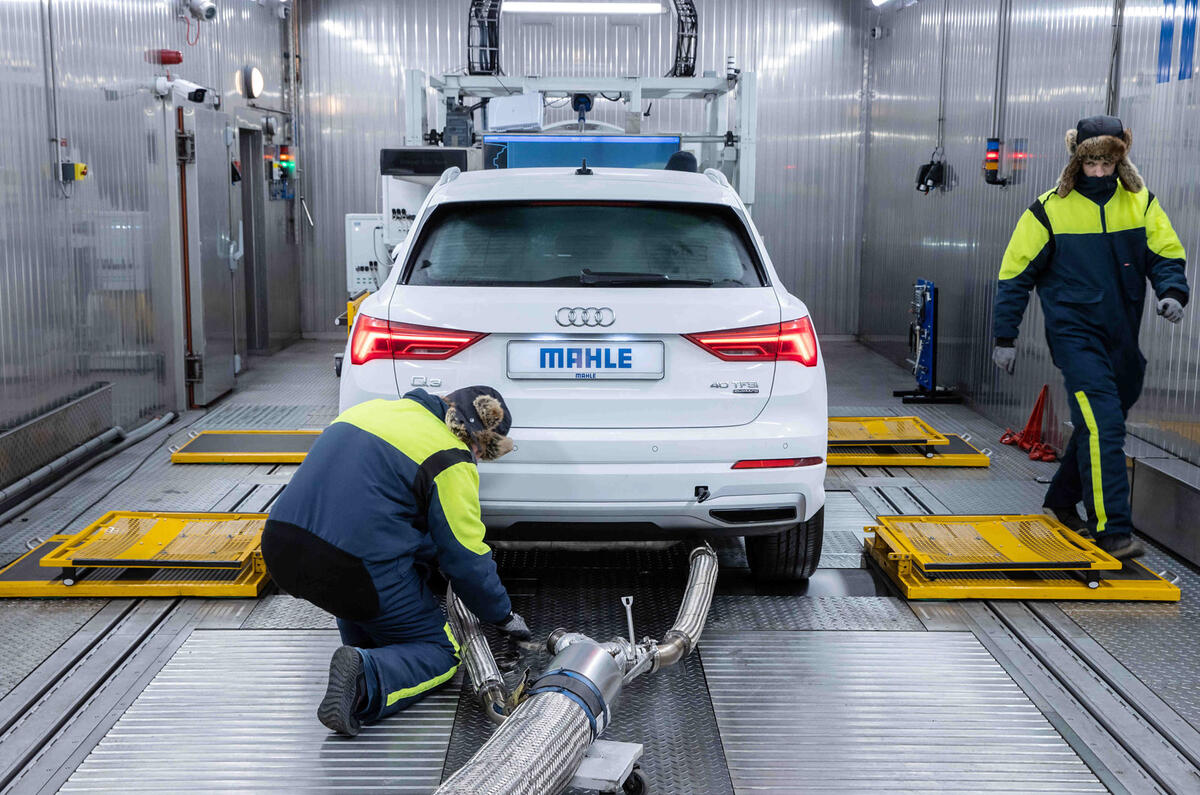
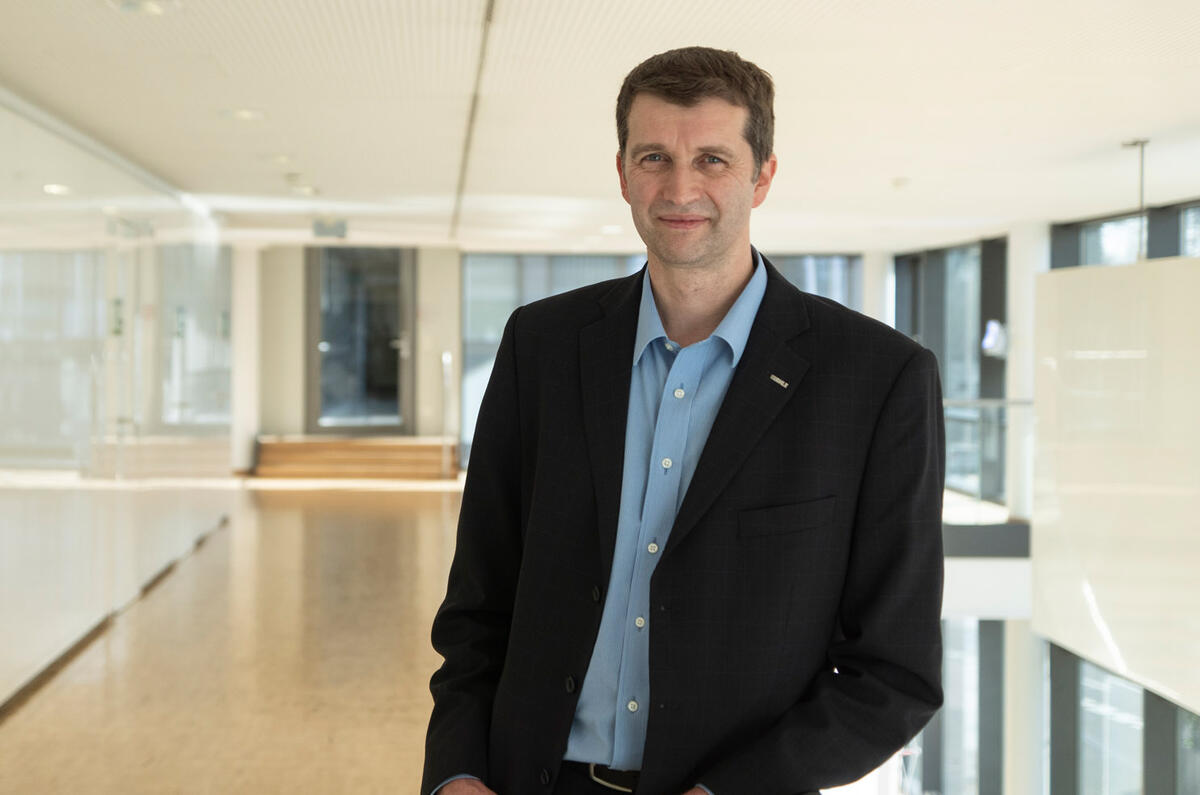
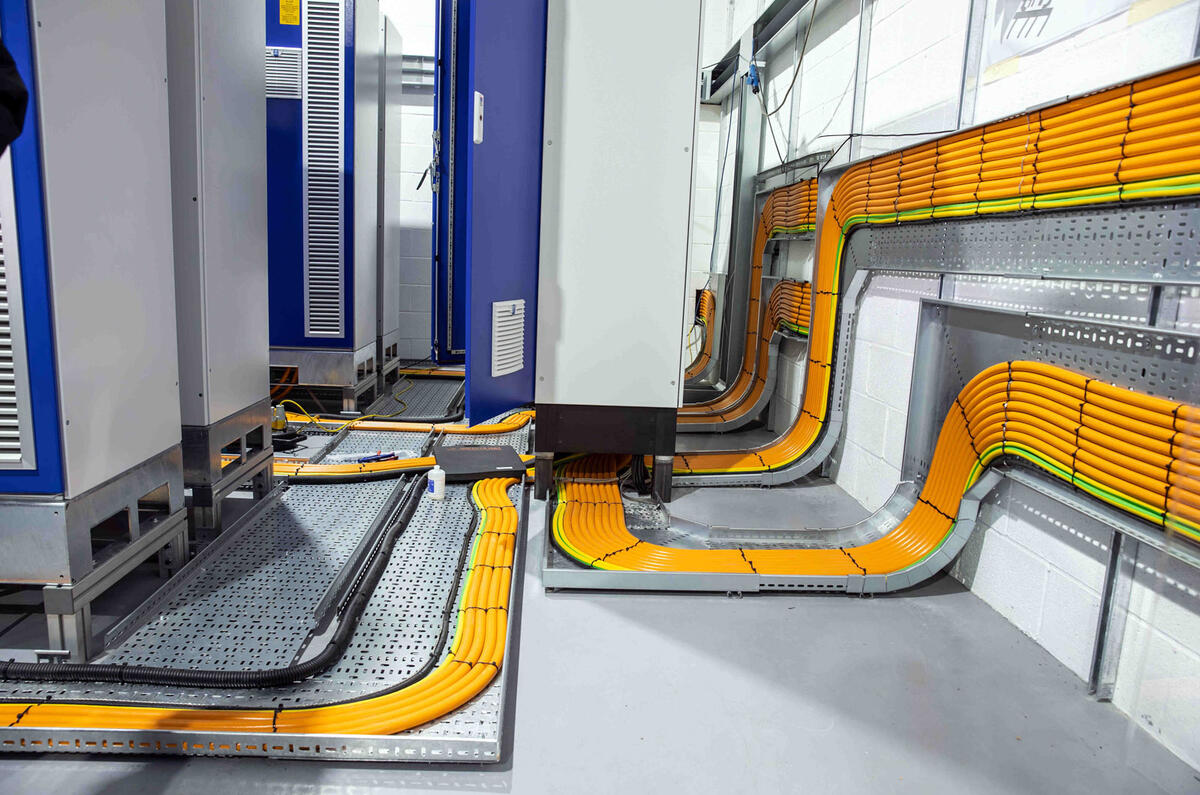
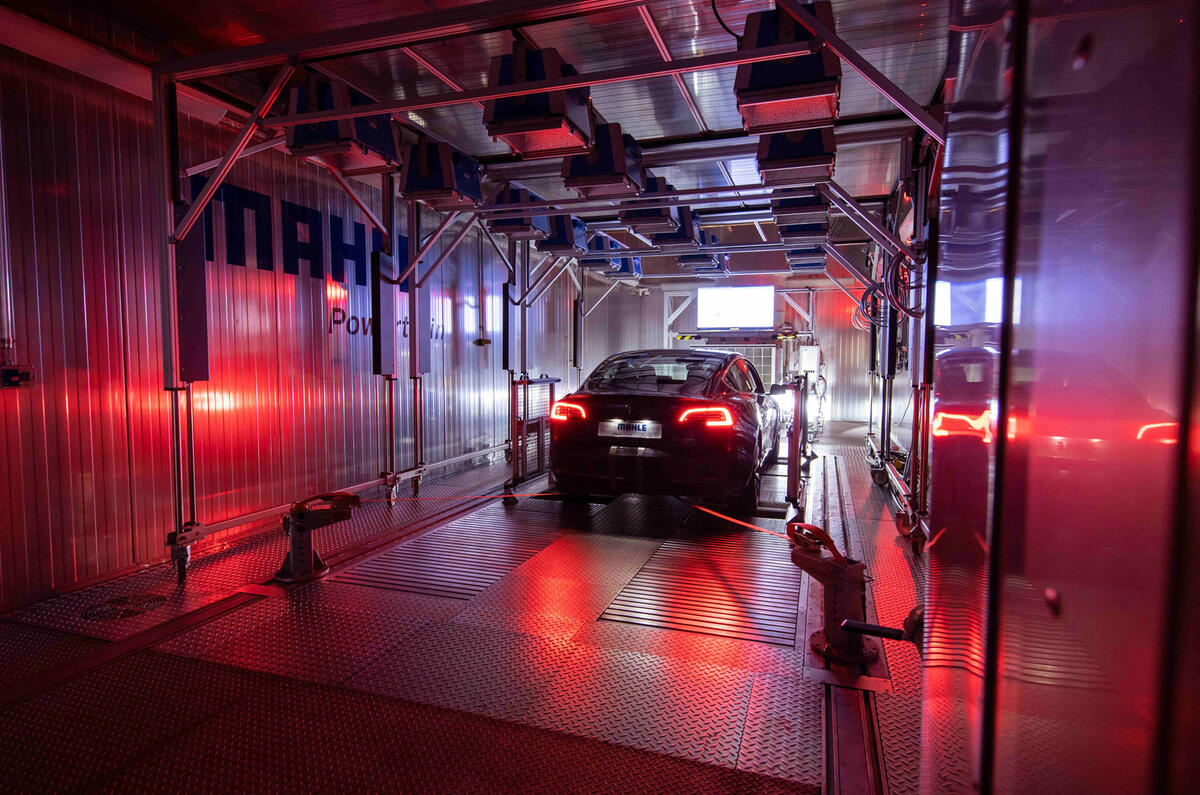
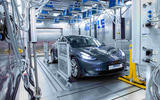
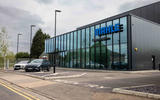
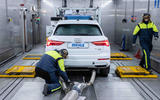

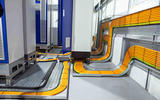
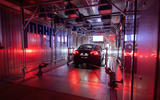






Add your comment